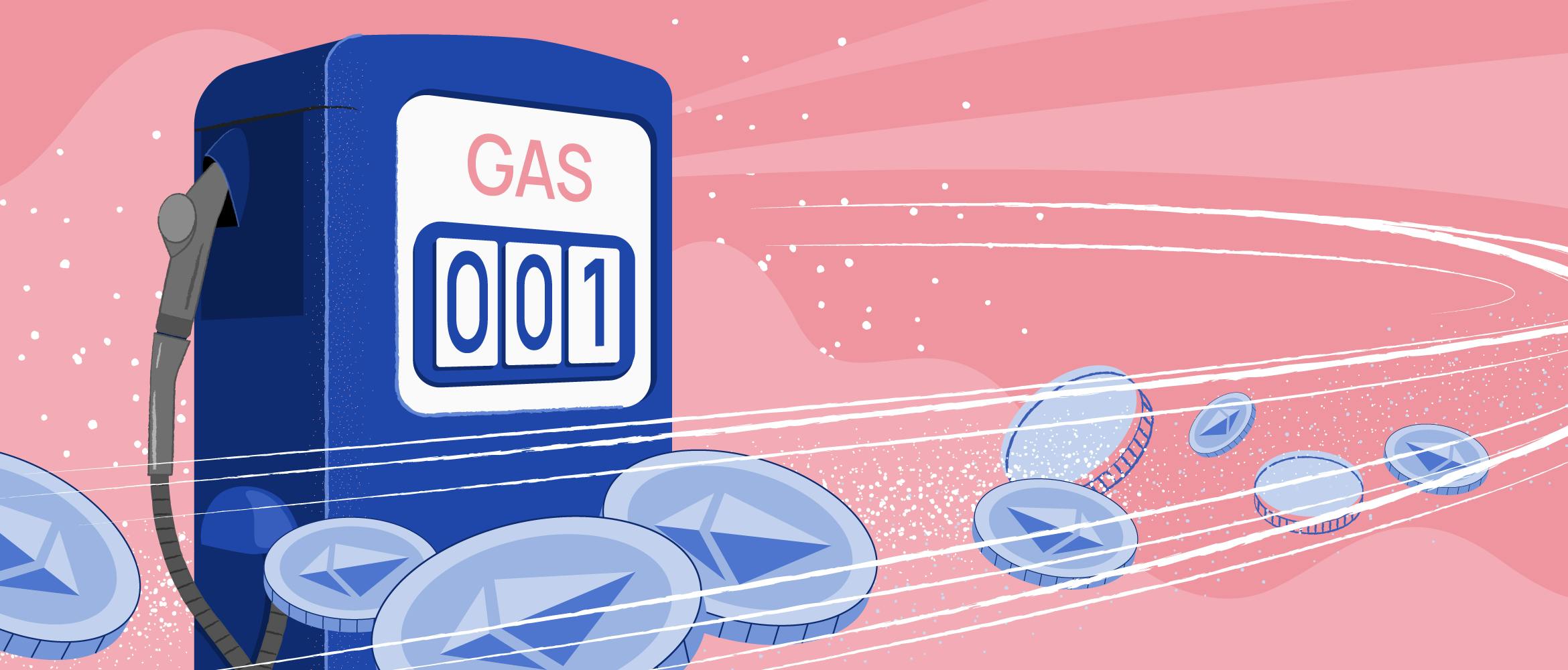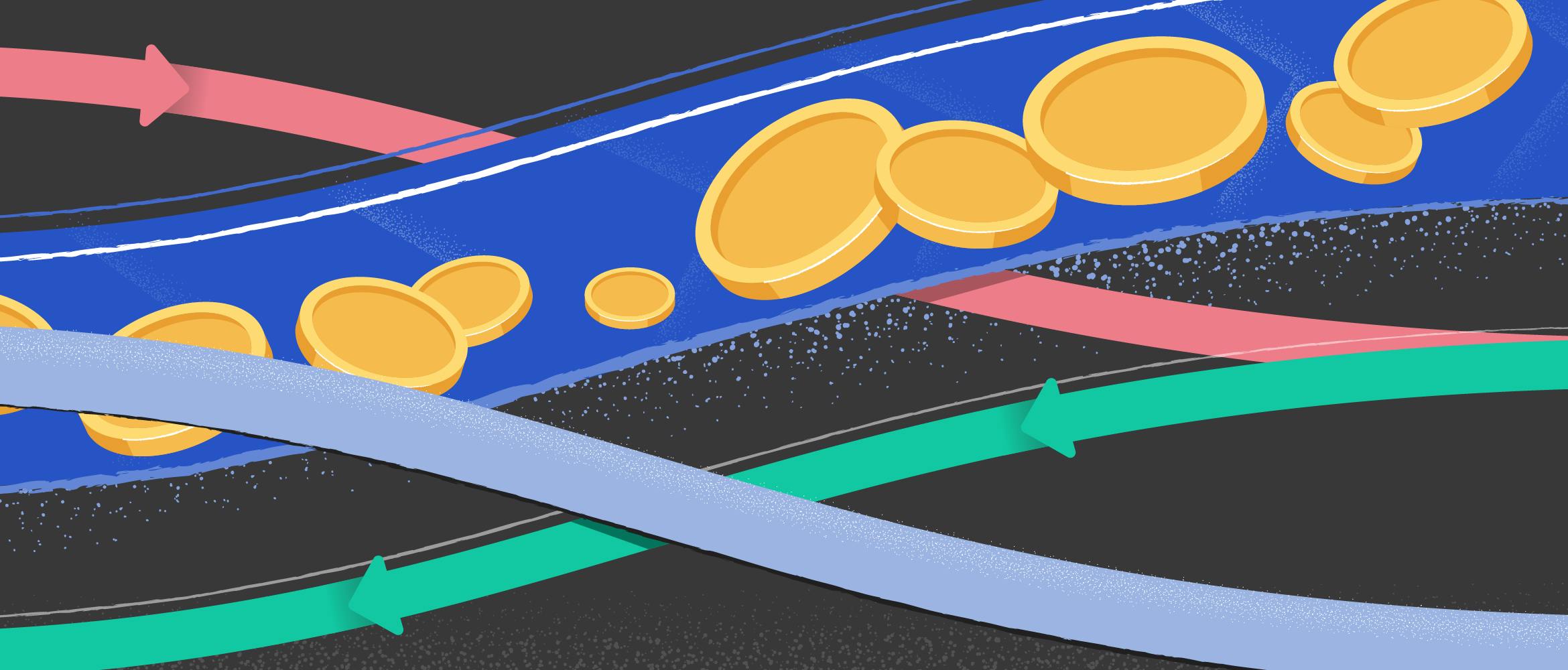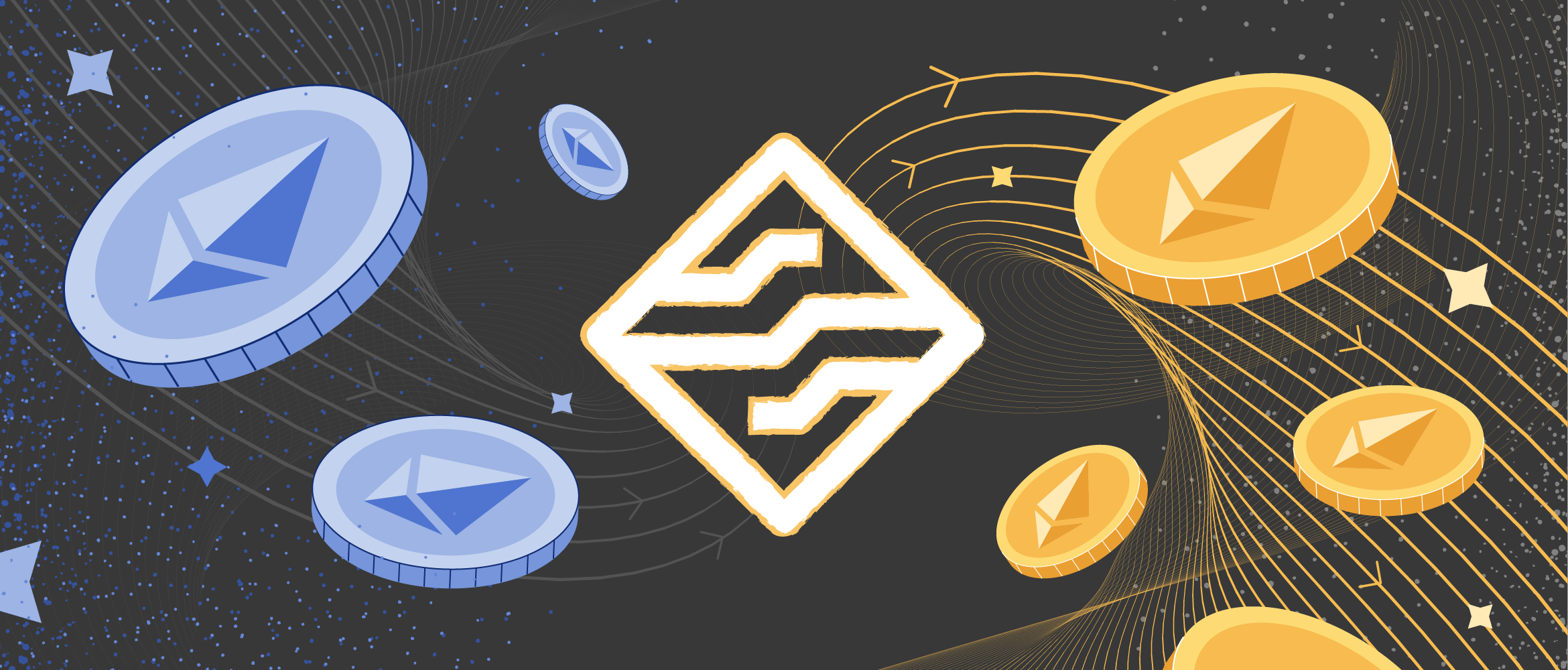
- All
- Tools
- Analytics
- Technical Analysis
- Trading
- Blockchain
- DeFi
- Guides
- Company News
- Educational
- Opinion
- Price Predictions
- Market News
- News
- Trading cases
- Practical guides
- Exchanges
- Trading signals
- Cryptocurrency
- Crypto bots
- Other
Become a crypto master
Learn everything about crypto,
trading and bots


Gas Limit
Start Trading on 3Commas Today
Get full access to all 3Commas trading tools with free trial period

What is Gas Limit?
The Ethereum network is powered by its native cryptocurrency called Ethereum (ETH). All the transactions taking place in this blockchain are validated by stakers who earn fees for their participation. Therefore, whenever you want to transfer money to another address, the concept of ERC-20 gas fee and gas limit comes in the execution of an ETH transaction.
What is gas in cryptocurrency?
To put it simply, gas is a measure of the computational work for transactions and other actions enabled by smart contracts, executed by stakers (validators) at their own expense to keep the Ethereum network running.
Ether gas was created as part of the Ethereum system to reward miners and maintain high transaction speeds. It helps maintain simplicity of transactions and moderate fees in a competitive environment, and also reduces the number of transactions on the network. Thanks to such an approach, many people choose Ethereum to create decentralized applications and conduct ICOs.
One unit of gas separates the computational cost of the Ethereum network from Ether. These units are unchanged, they depend on the final values that the staker used to execute the transaction. The gas used is directly proportional to the complexity of the transaction.
For example, let's say you intended to conduct a regular transaction - send ETH to another person. This will cost 150 gas units (Gwei), but sending ERC-20 transfers can incur much higher computational costs as the transaction gets more complex. If the transaction is complex and requires the whole block, the latter can hold this data only after the validators have packaged such a transaction.
What is the gas price in ETH?
Gas price is the cost of Ether per unit of gas that must be paid. Typically, the price of gas is determined in nanoether, nano, shannon, or “Gwei” (1 ETH = 1 × 1018 Wei). The smallest unit price in ETH is designated “Wei”. However, the gas price is usually estimated at 1,000,000,000 because 1 Gwei is equal to 109 Wei.
Unlike the gas limit, traders can set this value to adjust the rate at which a trade is confirmed. This sum is critical because it determines how quickly a miner completes a transaction. You can manually set this value or choose the recommended one from websites such as EtherScan or ETCHGasStation.
Note that ETH transaction fee depends on network congestion. Thus, Binance gas or
MEW gas limit, or gas in any other wallet does not depend on the platform. They can only charge additional transaction fees (but they will be charged in a cryptocurrency, not gas).
Do transactions fail because of the gas price?
Most often, this is the reason for processing failures. The payment is fetched from the sender's wallet. Thus, for the transaction to be confirmed, you need to have an amount greater than the one that needs to be sent. The rest will be used to cover the commission for the resources of the Ethereum virtual machine and measure the computing power on this network.
If a user lacks enough funds for covering fees, he will see an “error: exceeds block gas limit” message. At the same time, if you decide to save on fees and manually select to pay too low gas, your transaction risks getting stuck in the queue forever.
Does Ethereum have a gas limit?
Gas limit vs gas price are both important elements, but they are not comparable, mainly because different types of transactions imply different transaction fees.
What is gas limit? It is the smallest value that the sender of tokens must spend on processing a specific transaction by the stakers. Setting higher limits may indicate that more complex computational work will be required to implement a smart contract. The standard rate for gas limit is 21000 gas.
The limit acts as a security mechanism that protects against the waste of funds due to errors in the code or in the smart contract.
However, it is not a stable metric because the cost of transaction processing depends on network congestion. At the time of writing this article, the average gas fee is around $60-120 paid in ETH. However, at peak times, it can be $200 and much more.
As a rule, Ether gas limit is not a stable metric. However, the higher the gas limit, the more computational work is required to complete the transaction. Although the 160 Gwei gas limit is the standard for ETH transfers, there are times when more gas is needed for complex tasks.
Please note that you need to confirm and complete the operation even if the transaction is inactive. The maximum commission you want to pay for a transfer is indicated as follows:
Gas limit x Gas price = Maximum Gwei gas price
ETH Gas Station is useful for estimating the maximum transaction fee for a given gas limit and gas price at the moment since the gas price is constantly changing and the complexity of transactions varies. Hence, with the help of an automated gas calculator, one can estimate the transaction fees more efficiently.
Ways to track the gas price on the Ethereum network
Experts recommend regularly checking the cost of gas in the applications you use and the ICO you are interested in and set your own limits based on your needs. Use an Ethereum gas limit calculator like ETH Gas Station or EtherScan to track gas prices. On Myetherwallet, gas limit is also shown in real time together with other useful metrics.
Why is gas so expensive?
Sometimes due to a large number of operations processed, the Ethereum network becomes congested. Transactions become slower and the price of gas begins to rise. This happens for two reasons:
- With the accumulation of a large number of transactions, the workload of validators who extract blocks and process these requests proportionally becomes larger. Miners begin to selectively execute transactions, favoring the ones with the highest reward. As a result, the gas price starts to rise.
- The users themselves start charging a higher price so that the transaction is processed as soon as possible. This effect pushes the gas price even higher.
Pretty often, users pay too high fees for processing transactions. Of course, this also affects the profitability and devours a part of the profit. However, even those who know about this feature still cannot conveniently and quickly track the gas price. You have to open a separate tab with the gas price and constantly monitor it.
In response to this, several convenient services have appeared on the market. For example, you can try a telegram bot from the EtherDrops team. They provide a function called ‘Gas price notification’.
How to use this feature?
- Go to app "Menu" and select "Set gas alert".
- Indicate the value of interest (it can be either higher or lower than the current gas price).
- As soon as the crypto gas price reaches the specified mark, the bot will send you an alert immediately.
The market offers a myriad of resources for tracking gas prices. For example, Etherscan features the same service but you have to update the page yourself and keep track of the levels you are interested in. However, the site provides many other useful services, so this is a kind of trade-off between usability and functionality.
Conclusion
In the continuously evolving realm of Ethereum, understanding the intricacies of gas becomes pivotal for users, developers, and investors alike. As of 2023, the concept of gas stands at the intersection of Ethereum's functionality and its economic model, acting as a unit to measure the computational effort that goes into validating transactions and executing smart contracts.
The dual concepts of 'gas' and 'gas limit' serve as foundational pillars of the Ethereum network. Gas essentially quantifies the computational work that stakers or validators invest in for transaction processing. This delineation helps maintain transactional simplicity, thereby fostering an environment conducive to the proliferation of decentralized applications and initial coin offerings.
On the other hand, the 'gas limit' acts as a protective layer, ensuring that users don't end up overpaying or getting trapped in infinite loops due to potential coding anomalies. Essentially, it is the ceiling of computational effort a user is willing to invest in a specific transaction. With the standard rate hovering around 21000 gas, it’s paramount for users to set an appropriate limit to ensure successful and economically efficient transactions.
Additionally, the dynamism of the 'gas price' is a reflection of the network's congestion and demand-supply interplay. Since the cost of transaction processing fluctuates based on these variables, tools such as ETH Gas Station and EtherScan have emerged as instrumental in providing users real-time insights. This proactive approach helps in anticipating and adjusting to the ever-volatile gas prices, ensuring that transactions are processed promptly without incurring exorbitant fees.
One noteworthy observation is the network congestion, leading to escalating gas prices. The dual effect of increased validator workload and users willingly paying a premium to expedite their transactions often culminates in a sharp uptick in gas prices. This underlines the importance of regular monitoring and having the right tools at one's disposal. Services like EtherDrops and Etherscan, along with the myriad of available resources, streamline this process, striking a balance between usability and functionality.
In light of the current ecosystem, it becomes evident that while the concept of gas is ingeniously designed, it also brings with it a set of challenges. Users, especially newcomers, need to be mindful of the gas dynamics, leveraging available tools to make informed decisions. As the Ethereum network continues its journey in 2023 and beyond, staying updated with real-time metrics and understanding the nuances of gas will be paramount for optimal interaction with the network.
FAQ
Ethereum is interconnected with the vast network of computers that store and process all transactions on the Ethereum network. At the same time, these functions are supported by smart contracts that were created for conducting trades, including transferring funds and carrying out settlements without intermediaries. But in order for all this to work, gas is needed.
Initially, the transaction will be executed by validators, but as soon as Gas ends, they will stop working on the transaction. The blockchain will record the transaction as a Failure and ETH will not leave the sender's wallet due to insufficient gas to complete the transfer. Gas used for an unsuccessful transaction will not be returned but will remain for miners to work.
Most wallets automatically determine the gas limit, for example, MyEtherWallet (MEW) and Metamask have default gas rates for all types of transactions.
Everyone can choose the priority level of the transaction. Validators will process and execute the transactions with higher commissions - it’s a logical choice. They are interested in prioritizing transactions with a higher Gwei.
That is, if you need to speed up the transaction, you just need to pay a higher price for gas. In the wallet interface, you will be offered the choice (‘Slow’, ‘Average’, ‘Fast’ transactions), or you can set up Gwei manually.
One of the main problems with blockchain is that the growth in the number of transactions reduces its scalability. Sharding is a smart approach to solving the Ethereum scalability problem. However, the solution has its drawbacks. Ethereum's transition to the Proof-of-Stake is the need to eliminate the shortcomings that sharding entails.
There are two options: 1) wait for the network to become less congested and transaction fees - lower; 2) set up the Trust Wallet gas fee manually. In the second case, you should mind that transactions with very low gas fees are processed much slower and risk getting stuck in the queue.

A proven leader, successful at establishing operational excellence and building high-performance teams with a sharp focus on value creation and customer success.





